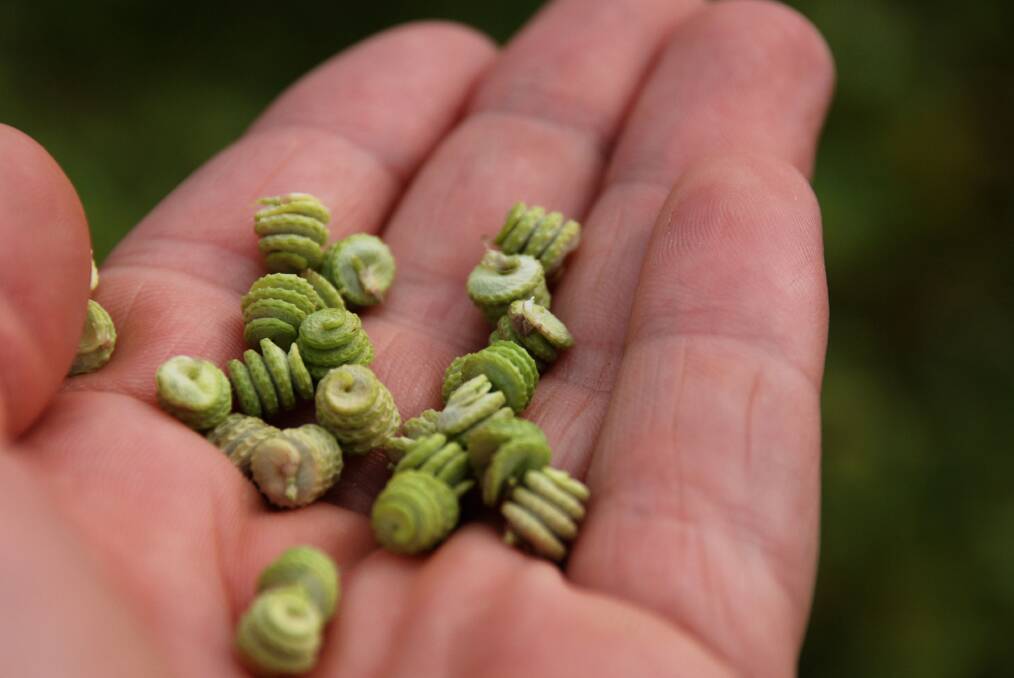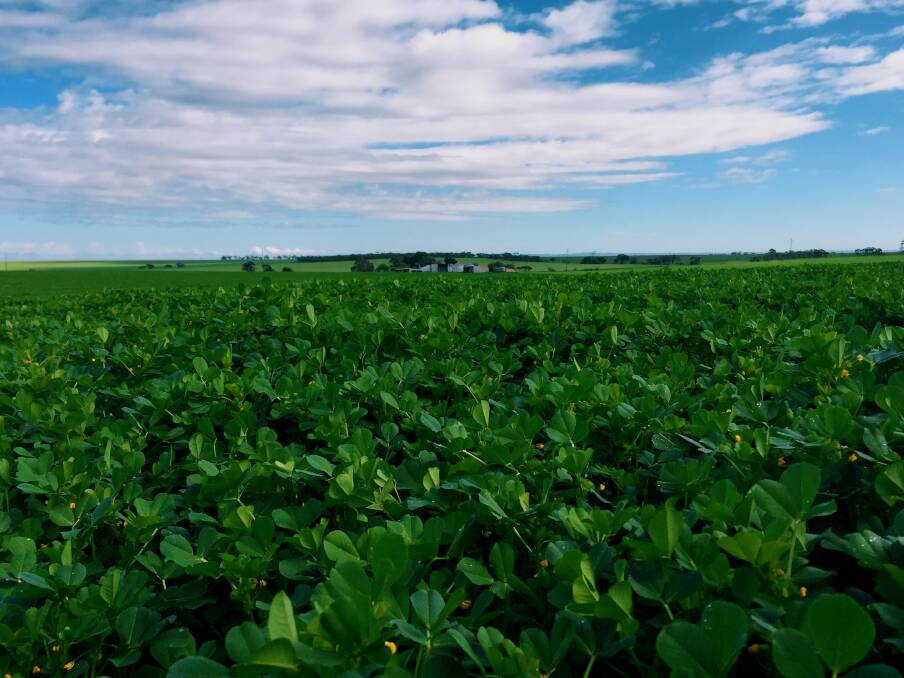Medic proves long term pasture viability

This article is sponsored by Pasture Genetics.
Based on advice from his local agronomist, John Xuereb of “Ullingala” at Twelve Mile Creek in central west New South Wales, added Pasture Genetics’ Cavalier Spineless Burr Medic to his pasture legume blend, and is impressed with his results despite a tough season.
The Cavalier Spineless Burr Medic was planted in March on the back of some good rainfall.
The pasture base established well due to the high levels of soil moisture.
Although, following this initial late summer rain, “Ullingala” experienced a dry autumn and winter.
The pasture only received 12 millimetres of rain throughout this period. So it struggled with minimal moisture, but survived and proceeded to produce a seed crop.
“To my surprise, the Cavalier Spineless Burr Medic not only persisted, it has actually podded and produced viable seed,” Mr Xuereb said.

Cavalier Spineless Burr Medic is a hard seeded, low rainfall medic, which can tolerate soil conditions down to 4.5 in pH calcium chloride (CaCl).
It is a prostrate medic, which ideally likes loam type soils, but will grow in sandy through to heavier soil types.
As it is both hard seeded and a prolific seeder, Cavalier Spineless Burr Medic has long term viability in a pasture situation.
Cavalier Spineless Burr Medic is well suited as a companion species to other Pasture Genetics varieties; Cobra Balansa Clover, Zulumax Arrowleaf Clover, Dalsa Sub Clover and Hatrik Sub Clover.
Another great companion to Cavalier Spineless Burr Medic is Pasture Genetics’ L70 Lucerne, as the Cavalier Spineless Burr Medic is a highly active winter species and the accompanying lucerne is a plentiful summer legume.
These two varieties work well together as Cavalier Spineless Burr Medic has an early heading date, meaning the medic has seeded down prior to a hot late spring or early summer.
So even in tough conditions the survival rate is high, as proven here; leaving the lucerne to provide feed in the summer.
“Having now seen its performance, I’ll be looking to plant more Cavalier Spineless Burr Medic in my pastures next autumn,” Mr Xuereb concluded.
This article is sponsored by Pasture Genetics.


